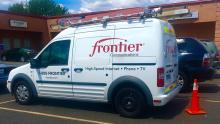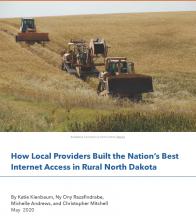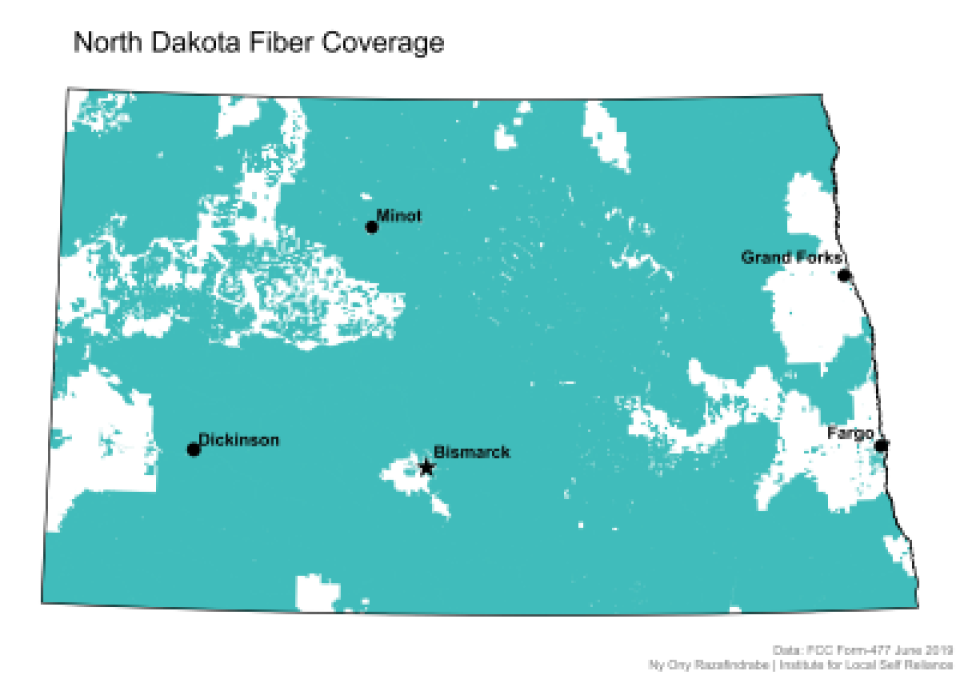ILSR Challenges Frontier's Attempt to Block Rural Broadband Upgrades
Late last month, we reported on Frontier Communications’ claim that it now offers broadband in 17,000 rural census blocks in an effort to remove those areas from the Federal Communications Commission’s (FCC’s) upcoming rural broadband funding program. At the time, we expressed concerns that the provider may be exaggerating Internet speeds, and after publishing that article, we heard from Frontier subscribers, local officials, and private companies who shared their own doubts over the accuracy of the company’s reporting.
Earlier today, the Institute for Local Self-Reliance filed comments with the FCC to draw attention to Frontier’s questionable claims. “We are concerned that Frontier may have overstated its capacity to actually deliver the claimed services in many areas,” the comments read.
We call on the FCC to either investigate or to simply refuse Frontier’s disputable claims to ensure unserved rural areas aren’t prevented from receiving subsidies to expand broadband access. The comments argue:
Allowing Frontier to so remove hundreds of thousands of Americans from one of the most significant rural broadband programs in history would send a strong message that there is no claim too far that the Commission will be skeptical of . . . Frontier is all but inviting the Commission to make an example of it and serve notice that the Commission intends to ensure Americans in rural regions have real opportunities to connect rather than continuing to play games with bankrupt firms.
Download ILSR’s comments to the FCC at the agency's website or below.
Inconsistent Reports Raise a Red Flag
We have seen inconsistencies in Frontier’s past reports to the FCC on its broadband offerings, which the company is required to file twice a year. A few years ago, Frontier reduced reported speeds in a number of census blocks from 25 Megabits per second (Mbps) download and 3 Mbps upload — the FCC’s minimum definition of broadband — to just below broadband speeds.




